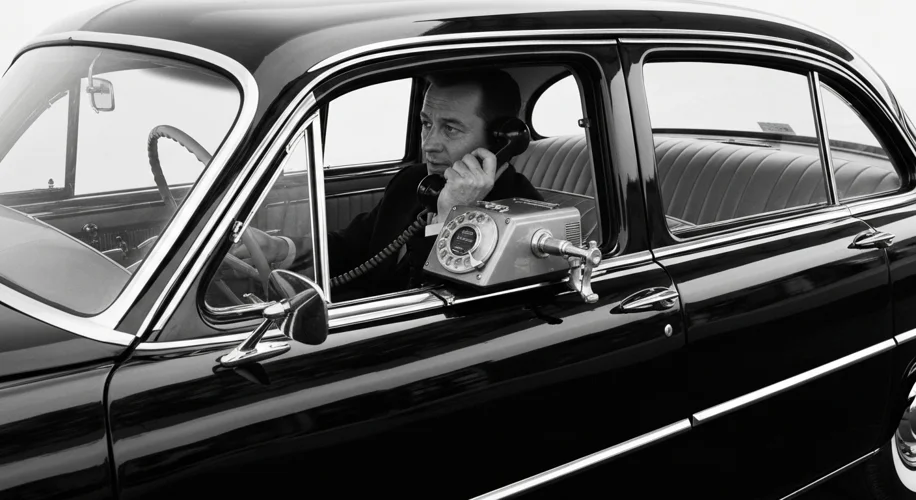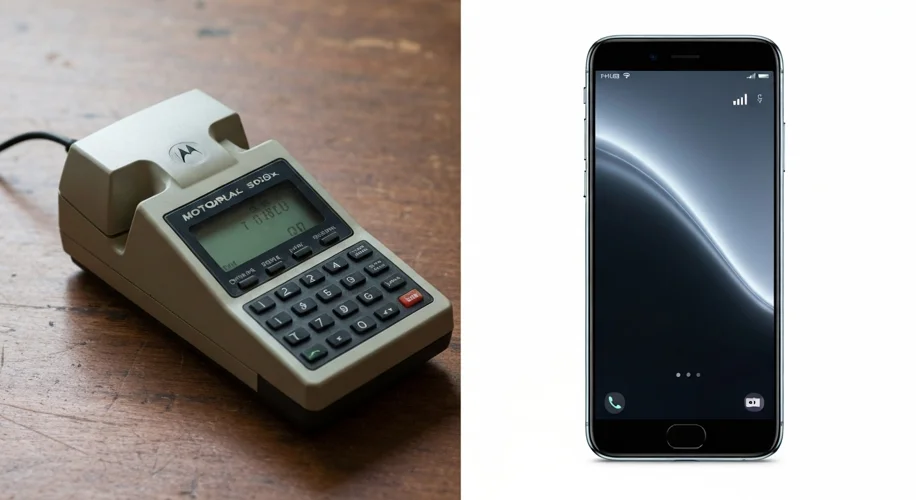Imagine a world where the only way to make a call on the go was from a car, a bulky, tethered behemoth that tethered you to your vehicle. This was the reality before the advent of the mobile phone, a journey from the experimental fringes of technology to the pocket-sized marvels we carry today.
Our story begins not with sleek smartphones, but with the rather unglamorous car phone. In the mid-20th century, as the automobile became increasingly ubiquitous, so did the desire for communication beyond the confines of home or office. Bell Labs, a pioneer in telecommunications, began exploring the concept of mobile telephony as early as the 1940s. However, early iterations were more akin to two-way radios, requiring dedicated channels and significant infrastructure.
The first true mobile telephone service, conceptually, was the Mobile Telephone Service (MTS), introduced by AT&T in 1946. This was not a cellular system as we know it. Instead, it used a single, powerful transmitter to cover a large geographical area. A user would hail an operator, who would then manually connect the call to the landline network. The equipment was substantial, typically installed in the trunk of a car, with a handset and dial located in the passenger compartment. Crucially, these systems had a very limited capacity; only a handful of users could make calls simultaneously in any given area. Think of it as a party line, but for cars.

As technology advanced, so did the ambition. The Improved Mobile Telephone Service (IMTS), launched in 1964, offered a significant upgrade. It allowed for direct dialing without an operator and increased the number of available channels. But the fundamental limitation remained: capacity. As more people adopted these car phones, the airwaves became congested, leading to long wait times and dropped calls.
The true revolution, the one that would eventually lead to the devices in our pockets, was the concept of cellular technology. This idea, pioneered by engineers like Martin Cooper at Motorola, proposed dividing a geographical area into smaller “cells,” each served by its own low-power transmitter. As a user moved from one cell to another, their call would seamlessly be handed off to the next cell’s transmitter. This reuse of frequencies across different cells dramatically increased capacity and efficiency.
The breakthrough moment arrived on April 3, 1973. Martin Cooper, standing on a street in New York City, made the first public mobile phone call. His device? The Motorola DynaTAC 8000x, a hefty prototype that weighed around 2.4 pounds (1.1 kg) and measured 10 inches (25 cm) long. It was a far cry from today’s svelte smartphones, often described as looking like a brick. Cooper famously called Joel Engel at Bell Labs, his rival in the race for mobile telephony, to taunt him with his success.
“I am calling you from a cellular telephone,” Cooper reportedly said, “a true portable cellular telephone.” The DynaTAC 8000x was not just a prototype; it was a statement. It represented the culmination of years of research, engineering, and a fierce competition to bring wireless communication to the masses.
However, even after its public debut, it took nearly a decade for the DynaTAC to reach the consumer market. The first commercial mobile phone, the Motorola DynaTAC 8000x, was released in 1983 with a hefty price tag of $3,995 – roughly equivalent to over $10,000 today. It offered a mere 30 minutes of talk time and took about 10 hours to charge.
These early mobile phones were more than just communication devices; they were symbols of status and technological advancement. They were expensive, bulky, and often unreliable, yet they represented a monumental leap forward. The very act of making a call while walking down the street, untethered from a car or a building, was revolutionary.
The impact of this nascent mobile communication era is profound. It laid the groundwork for the digital revolution, fundamentally altering how we interact, conduct business, and perceive the world. From the car phones that seemed like science fiction to the pocket computers we now take for granted, the journey of mobile communication is a testament to human ingenuity and the relentless pursuit of connection. The legacy of Cooper and his contemporaries is etched into the very fabric of our interconnected lives, a constant reminder of how far we’ve come, and how quickly.

